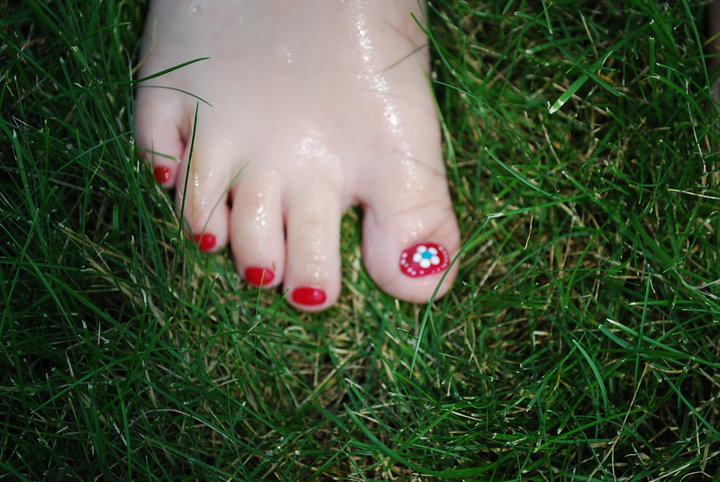It is only natural that at this time of year many homeowners are concerned with their lawns. A lot of them are lining up at home improvement stores to buy lawn fertilizers and chemicals to spray on their lawns to keep them looking pristine. Don Williamson, author of “Lawns Natural and Organic” thinks maybe we need to change our attitudes though. He suggests making this the year to break your lawn of its addiction to chemical fertilizers and pesticides, restore life to the soil and help your grass become healthy, resilient and resistant to drought. Here is what Williamson suggests:
Hold on: Don’t work on the lawn at all as long as spring rains keep it wet. Walking on wet soil packs it down, closing up the air spaces that are needed by the grass and the other organisms it depends on. Meanwhile, get your equipment ready. Sharpen your lawnmower blade and set it at least 2 ½ to 3 inches high. The lawn will be ready to work when a Popsicle stick thrust 3 inches deep comes out clean, not muddy.
Clean up: Pick up trash. Then use a bow rake with spikes perpendicular to the handle (not a fan-shaped rake) to remove leaves, evergreen needles or other organic debris. While you’re at it, inspect the lawn for bare or patchy spots. If there are a lot of them, you might plan to reseed.
Spread compost: Buy compost (composted manure is good, but not mushroom compost) in bags or in bulk from a landscape company. With a push broom, spread it ¼ to ½ inch deep over the lawn, gently massaging it between the blades of grass. Watered in, the compost will return to the soil the many microorganisms — beneficial bacteria, fungi, nematodes and other critters — that are killed off by a regime of chemical fertilizers and pesticides. They gradually will restore a light, airy, rich structure to the soil and make nutrients available to the grass’ roots.
Reseed: Soak the lawn to a depth of 6 inches. The next day, after the lawn has had a chance to drain, sprinkle a seed mix that is appropriate for your light conditions where you need it and gently rake it in. Keep it moist until the seed has germinated, usually 10 days to two weeks. If you’re not reseeding, consider spreading corn gluten meal (sold at many garden centers), an organic herbicide that will stop weed seeds (or grass seeds) from germinating. But plan to minimize weeds with: healthy, thick grass, a little hand-weeding and a bit of tolerance — rather than chemicals.
Mow: Wait until the grass is a good 4 inches high before you mow, and then time your mowing so you never take off more than a third of a grass blade’s length. Water it deeply and infrequently — about 1 inch of rain or applied water a week — rather than lightly and often. Proper watering will encourage grass roots to grow deep and strong as they reach down for moisture.




